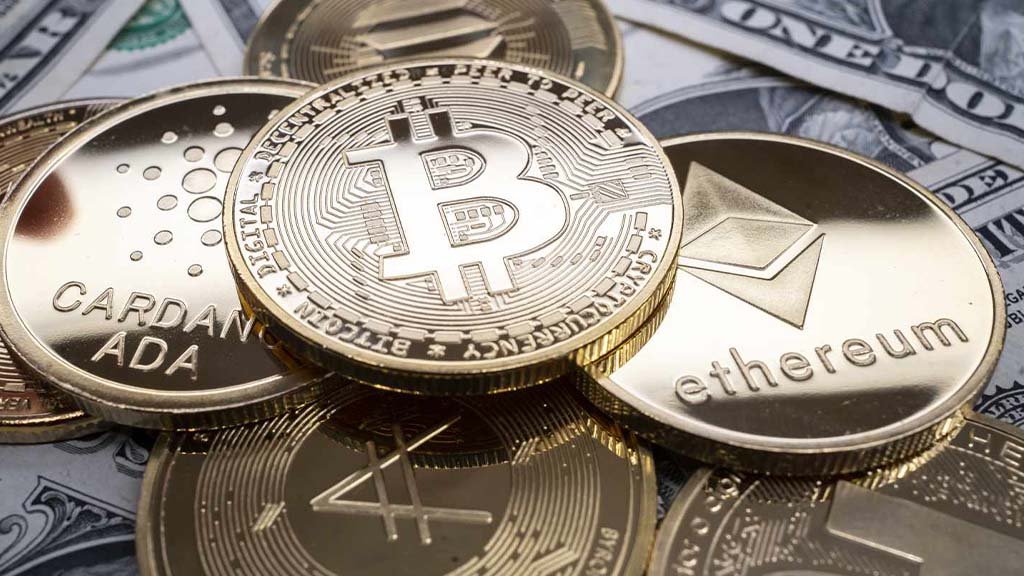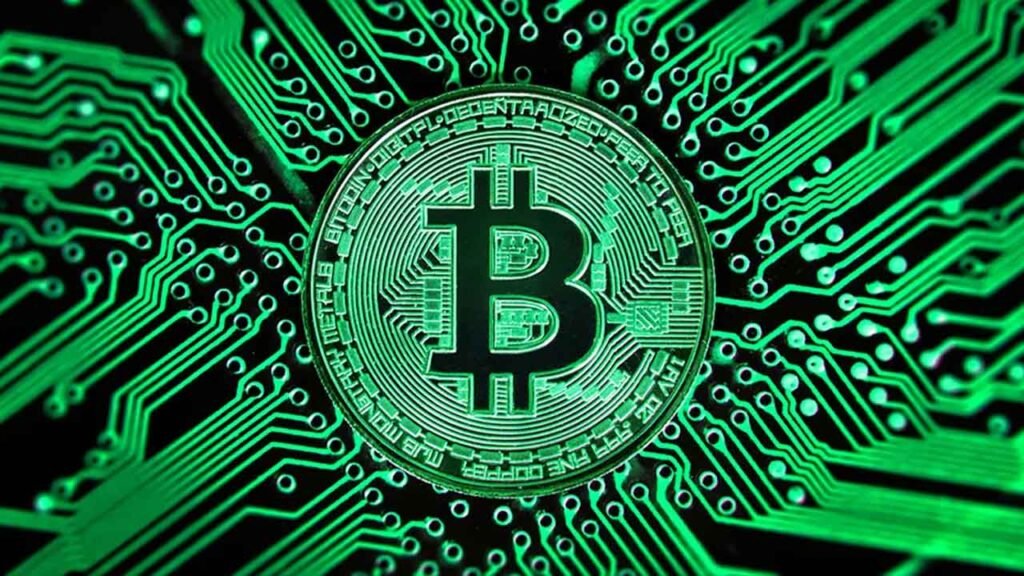Pakistan is expected to witness a modest rise in inflation, with rates forecasted to climb to between 2 and 3 per cent in April 2025, after a steady trend of 1 to 1.5 per cent in March 2025, according to the Economic Update and Outlook released by the Finance Division.
The slight increase in inflation is attributed to changing food and energy prices, as well as shifting domestic and global economic conditions.
Fiscal discipline has led to a primary surplus and a decrease in the fiscal deficit.
The external sector remains strong, bolstered by a current account surplus, growing exports, robust remittances, and an increase in foreign investment.
Investor confidence has improved, evidenced by the bullish performance of the Pakistan Stock Exchange (PSX).
In the agricultural sector, government initiatives have spurred growth. For the 2024-25 Rabi season, the wheat production target has been set at 27.9 million tonnes, supported by subsidies, distribution of high-yield seeds, and interest-free loans through the Kissan Card initiative.
Agricultural credit disbursement increased by 16 per cent, reaching Rs1.48 trillion during the July–January period of FY2025.
The import of agricultural machinery surged by 45.7 per cent, signalling a shift towards increased mechanisation.
Fertiliser usage showed mixed trends, with DAP consumption rising by 3.8 per cent, while urea usage fell by 2 per cent.
Large-scale manufacturing (LSM) saw mixed results, with a 2.1 per cent month-on-month growth in January 2025, despite a 1.2 per cent year-on-year decline.
The automobile sector experienced significant growth, with car production increasing by 41.9 per cent, trucks and buses by 105 per cent, and jeeps and pickups by 78.2 per cent. However, tractor production declined by 30 per cent.
Cement dispatches rose by 10.1 per cent in February 2025, with exports increasing by 34.3 per cent.
Consumer Price Index (CPI) inflation was recorded at 1.5 per cent in February 2025, down from 2.4 per cent in January 2025.
The fiscal deficit dropped to 1.7 per cent of GDP, compared to 2.6 per cent the previous year, while the primary surplus increased to Rs3.51 trillion, or 2.8 per cent of GDP.
Federal revenues saw a growth of 45.3 per cent, driven by higher tax and non-tax collections.
The external account position strengthened, with exports rising by 7.2 per cent to $21.8 billion, while imports increased by 11.4 per cent to $38.3 billion.
Workers’ remittances grew by 32.5 per cent, reaching $24 billion, with Saudi Arabia and the UAE contributing 24.6 per cent and 20.3 per cent, respectively.
Foreign Direct Investment (FDI) increased by 41 per cent, with China leading the way, contributing $661.8 million, or 40.9 per cent of the total.
The Monetary Policy Committee (MPC) maintained the policy rate at 12 per cent in March 2025. The decision was based on persistent core inflation and the likelihood of rising food and energy prices, which may push inflation higher in the coming months.
The government allocated Rs20 billion for the Ramzan Package, benefiting 4 million households with Rs5,000 each through a digital wallet.
Under the Benazir Income Support Programme (BISP), Rs241 billion has been spent so far during FY2025.
Exports, imports, and remittances are expected to continue rising, with seasonal factors such as Ramzan and Eid likely to further boost remittances. Expanding economic activity is anticipated to support trade and maintain a stable current account balance.






